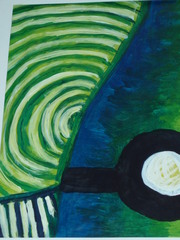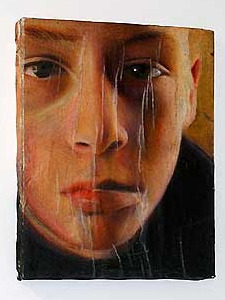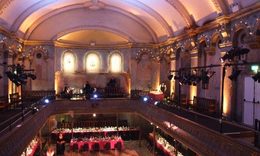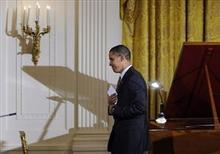I know how this looks: it looks as if I am fixated on prizes in the arts. Really, I’m not — it just happens that I’ve either run across or been told about some noteworthy ones lately. And I am, if not fixated, certainly interested in strategies and tactics that encourage people to appreciate the arts.
 So here’s a prize I like: The Saatchi Gallery-Sunday Telegraph Art Prize for Schools — which just announced its shortlist of finalists.
So here’s a prize I like: The Saatchi Gallery-Sunday Telegraph Art Prize for Schools — which just announced its shortlist of finalists.
The London newspaper launched the prize last May, with these words:
Whether traditional drawing and painting, whether it is work that falls into the messy or the precise schools, whether it is sculptural or digital, art is an expression of creative skills, and they are skills that The Sunday Telegraph would like to encourage among our schoolchildren.
 The paper decided to team up with the Saatchi Gallery, which it said already had an education program, to start a partnership designed to “promote art and encourage artists of the future.” Students up to 18 years old, worldwide, could enter, with the deadline being Aug. 28.
The paper decided to team up with the Saatchi Gallery, which it said already had an education program, to start a partnership designed to “promote art and encourage artists of the future.” Students up to 18 years old, worldwide, could enter, with the deadline being Aug. 28.
Since then, a panel — artists Antony Gormley and Peter Blake, Andrew Graham-Dixon, The Sunday Telegraph’s art critic, Ekow Eshun, the artistic director of the Institute of Contemporary Arts, and Camilla Batmanghelidjh, CEO of Kids Company — has assessed the entries.
Winning produces two prizes, one to the artist and one to his or her school.
[Read more…] about This Art Award, The Saatchi-Sunday Telegraph Prize, Breeds Art-Lovers

 The new
The new  Art thievery usually boggles the mind — you can’t resell a truly valuable piece — and yet it flourishes. Do you know where it thrives, and where it’s rising?
Art thievery usually boggles the mind — you can’t resell a truly valuable piece — and yet it flourishes. Do you know where it thrives, and where it’s rising? 
